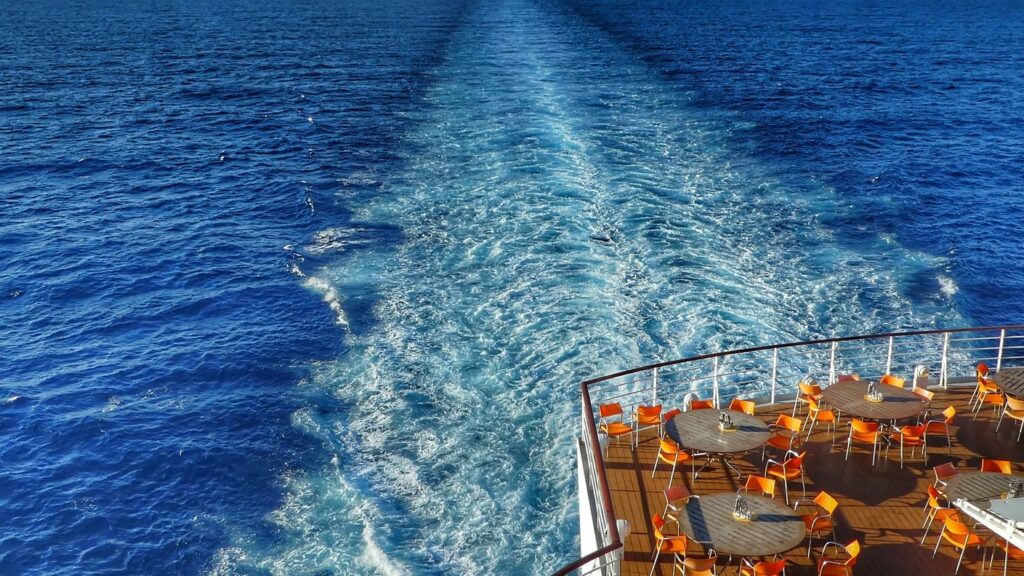CLIA has unveiled the 2022 State of the Cruise Industry Outlook report. The annual report offers an insight into the trends and statistics shaping the future of the cruise industry.

Cruise Lines International Association (CLIA), the leading voice of the global cruise industry, has released the annual 2022 State of the Cruise Industry Outlook. Following two years unlike any other in the history of the industry, the report offers a look at the trends and analytics propelling the cruise industry forward in the coming year and beyond.
Huge drop in passenger numbers
The reality of the last couple of years sits in stark contrast to 2019 when the global cruise industry welcomed nearly 30 million passengers, creating jobs for 1.8 million people around the world and contributing over $1.54 billion to the global economy.
From early July through mid-December 2020, there were more than 200 sailings. 5.8 million passengers (-81%) sailed. CLIA however expects passenger volume to recover and surpass 2019 levels by the end of 2023 with a projected rise in excess of 12% by the end of 2026.
In 2020 the number of cruise-supported jobs dropped to 576.000 (-51%) and the total economic contribution dropped 59% to $63.4 million.
Leading the way in responsible tourism
The 2022 State of the Cruise Industry Report highlights the progress the cruise industry has made over the last 12 months and underscores the leadership of the cruise industry and its constant drive to innovate and lead the way in responsible tourism.
Even as CLIA members worked tirelessly to address the continued impact of COVID-19, the cruise industry remained focused on its commitment to a cleaner, more sustainable future.
Over the next five years, the CLIA ocean-going cruise line member fleet will undergo immense transformation as part of the industry’s pursuit of a more efficient future. By 2027 the CLIA member fleet will include 26 LNG-powered cruise ships (16% of global capacity), 231 cruise ships fitted with advanced wastewater treatment systems (81% of global capacity), 174 cruise ships with
shoreside power connectivity (66% of global capacity) and 176 cruise ships will have exhaust gas cleaning systems installed (81% of global capacity of vessels not powered by LNG).
This year 16 CLIA ocean-going member ships are expected to debut. Over the coming months 9 expedition ships and 5 LNG-powered ships will be launched. All new ships will be equipped with advanced wastewater treatment systems. On average the ships will have a passenger capacity of 2,603. In total 272 CLIA member ships will be in operation.
Popular destinations
While North America remains the largest market, other markets (Western Europe) are growing rapidly. The Caribbean, Bahamas & Bermuda remains the top cruise destination.
Other highlights from the report:
- More than 80 markets reopened to cruise tourism in 2021
- About 75 percent of CLIA ocean-going member capacity has returned to service, and nearly 100 percent is projected to be in operation by August 2022
- Cruise tourism creates immense value for local and national economies around the world, with every 24 cruisers yielding one full-time equivalent job
- Cruisers spend an average of $750 USD per passenger in port cities during a typical seven-day cruise
- By 2027, the CLIA ocean-going member fleet will include 26 LNG-powered cruise ships and 174 ships with shoreside power connectivity